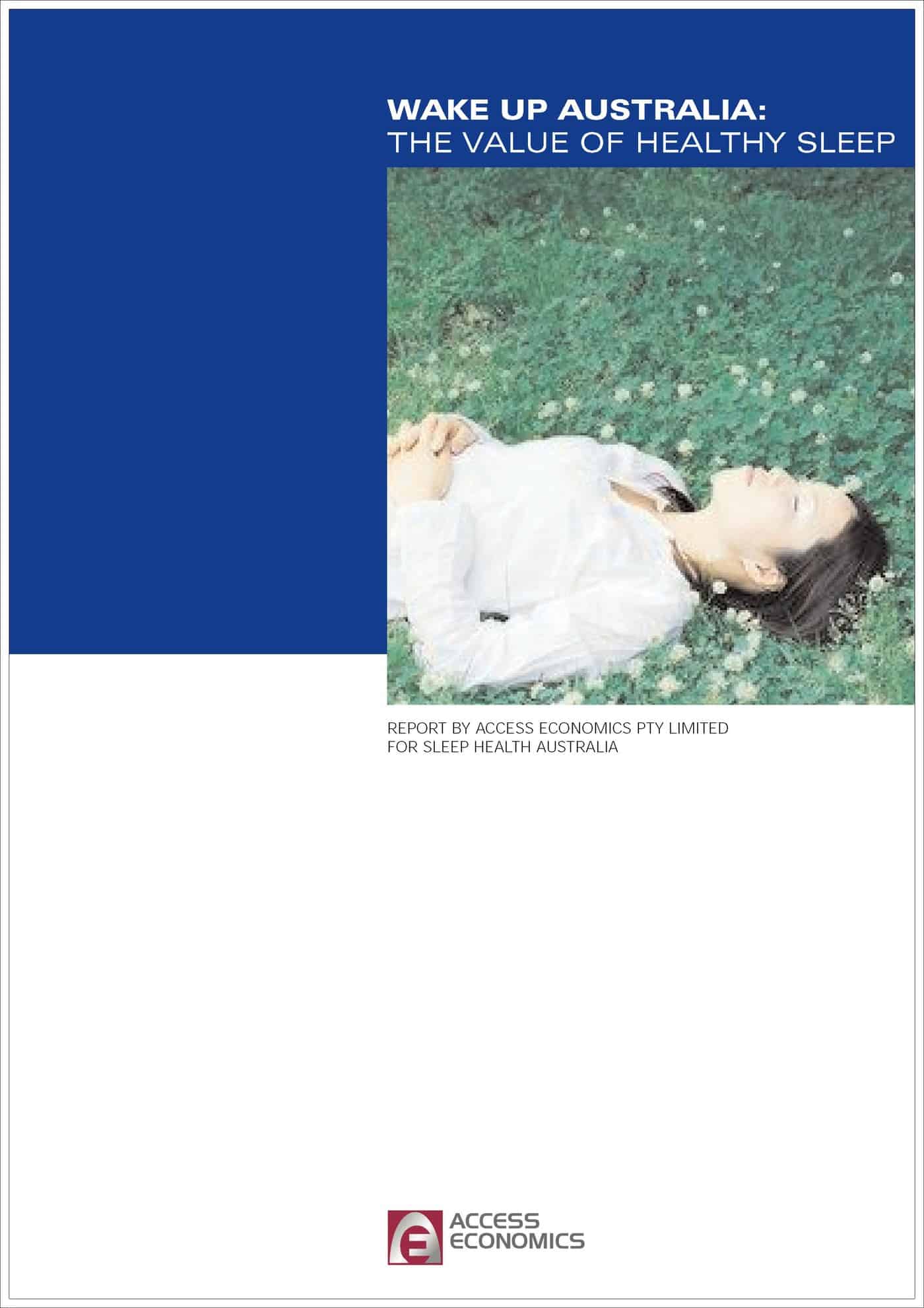Over the last month or so, Australian politics has been scandalised by a senior Treasury official admitting to faking an email that implied political favouritism by the Australian Treasurer, Wayne Swan, and the Prime Minister, Kevin Rudd.
Godwin Grech is the public servant who has admitted faking the email and there are many reasons he has put forward, and journalists have endlessly speculated on, for his actions. SafetyAtWorkBlog will discuss a minor element of the “Ozcar affair” that has been almost entirely overlooked – OHS.
Since the scandal broke in a Senate inquiry, Godwin Grech kept a fairly low profile and was last reported to be receiving treatment in a Canberra psychiatric facility. It has been reported that Grech has a history of physical health problems and it has been reported, in an investigation into the affair by the Australian National Audit Office (ANAO), that administering the scheme was taxing on Grech. The report says
“The under‐resourcing of the implementation phase of the policy placed at risk the anticipated policy outcomes. It also placed a considerable workload on Mr Godwin Grech, the Treasury official primarily responsible for the development and implementation of the policy measure, particularly in light of his medical condition.”
It needs to be noted that additional resources were offered to Grech to assist in administering the scheme. But Treasury was also criticised in the report.
“There were no indications that these matters, or Mr Grech’s medical condition, were given due weight in the implementation planning and delivery.”
Grech admitted to the ANAO that he had not informed his employer, the Department of Treasury, of his ongoing struggle with depression.
“What senior Treasury management did not know – as I have only very recently discovered – was that I have also been suffering from chronic clinical depression for some years, dating back to at least 2003. This had not been treated.”
Page 100 of the ANAO report has Grech quoting the OHS Act’s employer obligation to “take all reasonably practicable steps to protect the health and safety at work of [its] employees’”, and then lists his working hours required by the scheme.
“My work on the Oz Car program required me to work between 75‐85 hours per week including on weekends from late October 2008 until the onset of my bowel obstruction in early February 2009. My hours varied from 60‐70 hours per week from late February to June 2009.”
The amount of hours expected is phenomenal and there is little surprise that health problems or poor judgement occurred on this hazard alone.
However, what Grech fails to quote in the information to the ANAO is another section of the OHS Act 1991 – Section 21
“Duties of employees in relation to occupational health and safety
(1) An employee must, at all times while at work, take all reasonably practicable steps:
(a) to ensure that the employee does not take any action, or make any omission, that creates a risk, or increases an existing risk, to the health or safety of the employee, or of other persons (whether employees or not) at or near the place at which the employee is at work; ……”
Employees have a legislative obligation to not put themselves at risk. It would be interesting to know why Grech took on more than was healthy for him.
This dichotomy of choice is a crucial but difficult one for all employees in all industries. When is it the right time to say no more or to ask for help or to say something is unsafe or unhealthy?
A further complexity to employment relations comes when industrial relations legislation specifies a maximum amount of working hours. The Australian Government’s very recent Fair Work Act 2009 specifies maximum weekly hours of 38. So what does this say about the employer’s OHS obligations to civil servants, such as Godwin Grech?
The Fair Work Act says (Division 3, Section 62 (1))
“An employer must not request or require an employee to work more than the following number of hours in a week unless the additional hours are reasonable:
(a) for a full time employee—38 hours; or
(b) for an employee who is not a full time employee—the lesser of:(i) 38 hours; and
(ii) the employee’s ordinary hours of work in a week.Employee may refuse to work unreasonable additional hours.”
In May 2008, the Prime Minister, Kevin Rudd, said the following about public service workloads:
“I understand that there has been some criticism around the edges that some public servants are finding the hours a bit much ….. Well, I suppose I’ve simply got news for the public service — there’ll be more. This Government was elected with a clear-cut mandate. We intend to proceed with that. The work ethic of this Government will not decrease. It will increase.”
Godwin Grech could be considered one example of the Rudd Government work ethic.
In this political scandal OHS is an oblique and fringe issue but its existence cannot be ignored and it raises legitimate questions about how a Labor Government, the traditional friend of the worker, manages the safety of its employees.



